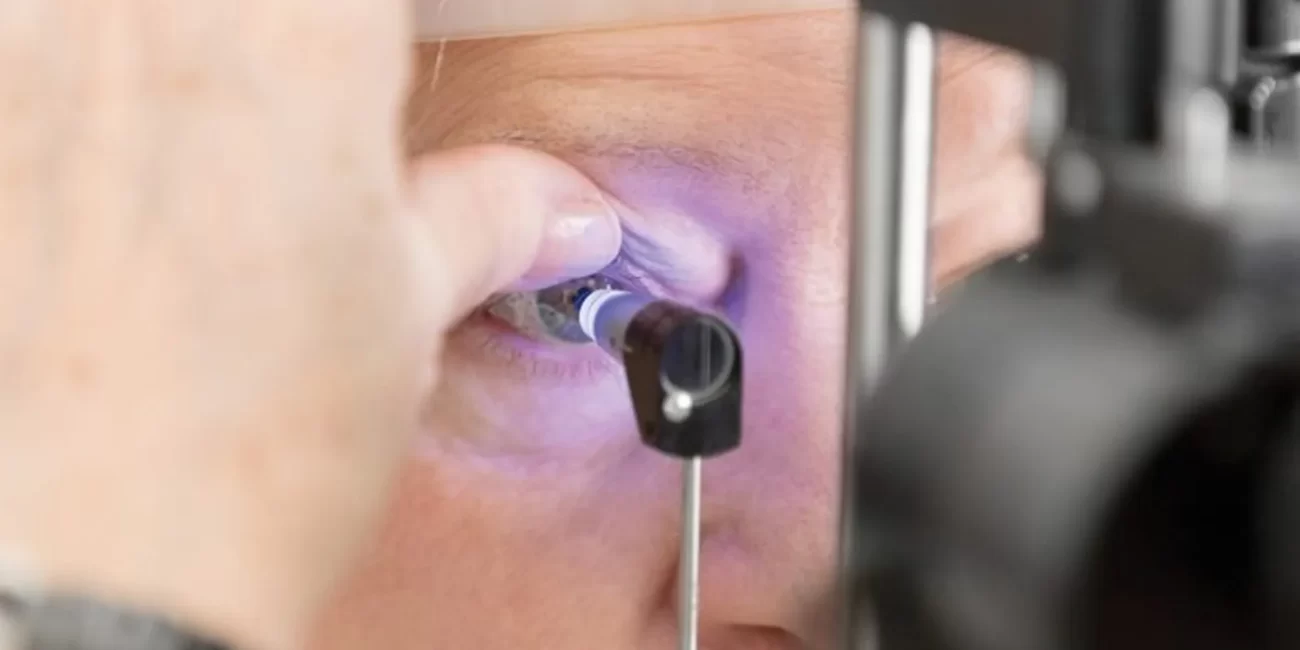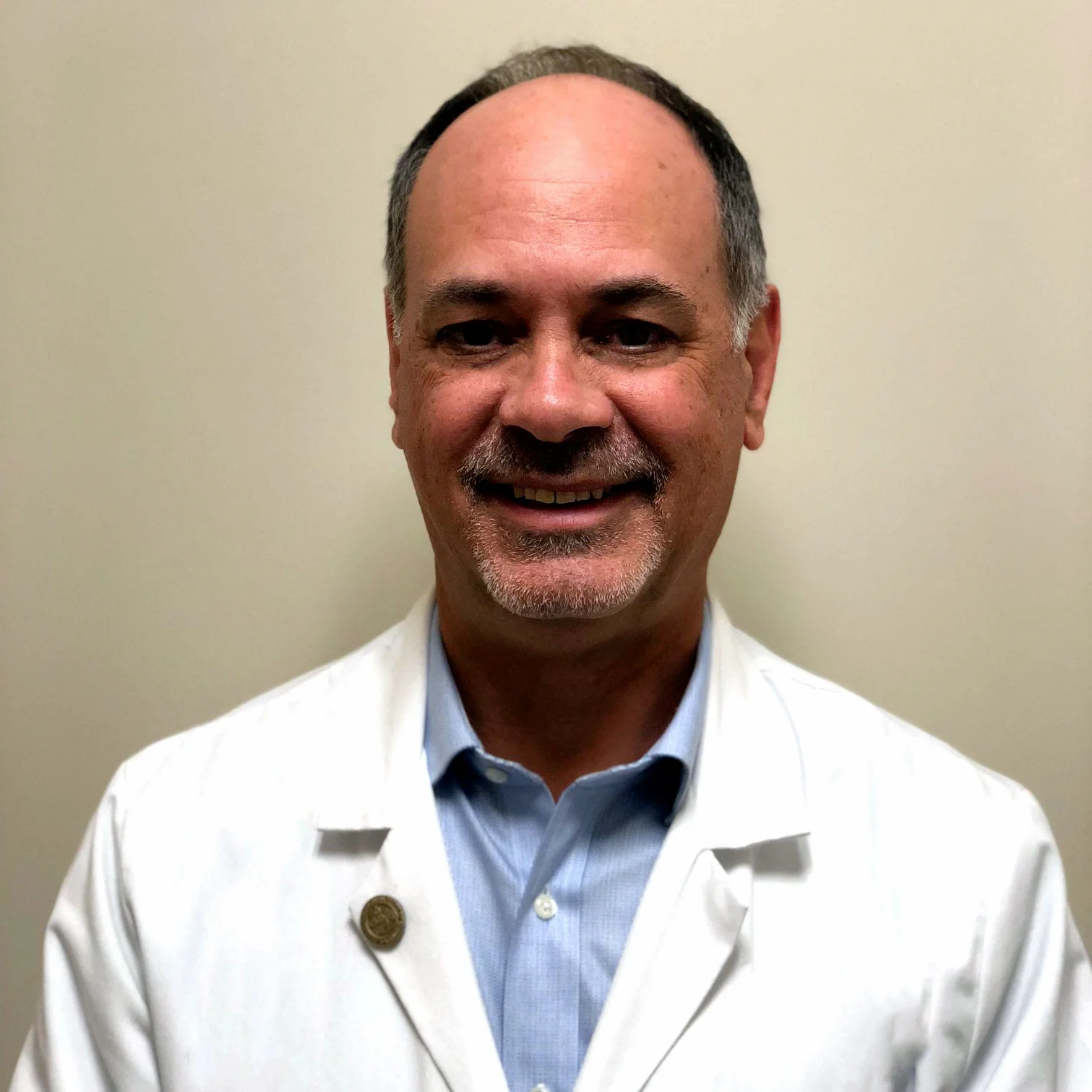Cataract Surgery
A cataract is a common condition that causes a clouding of the eye’s natural lens, and affects millions of people each year, including more than half of all Americans over the age of 65.

Cataracts cause a progressive, painless loss of vision. The lens clouds naturally as we age, causing people over the age of 65 to see a gradual reduction of vision. However, cataracts are considered part of the natural aging process and are not a serious condition that requires prompt medical attention. The exact cause of cataracts is unknown, although it may be a result of injury, certain medications, illnesses (such as diabetes), prolonged exposure to ultraviolet light and smoking.
Diagnosing Cataracts
Your doctor may perform a series of tests in order to diagnose a cataract. A dilated eye exam will be performed to test the vision and to examine the condition of the lens and other parts of the eye. Your doctor may also perform tonometry, a procedure that measures the pressure in the eye.
Symptoms of Cataracts
Patients with cataracts often do not experience any symptoms when the condition first develops. Cataracts will continue to progress with no apparent pain, although patients may experience:
- Blurred or hazy vision
- Double vision
- Poor vision in bright light
- Seeing halos around lights
- Poor vision at night
- Yellowish tinged vision
- Frequent changes in eyeglasses or contact lens prescription
Cataract Surgery
Cataract surgery is a minimally invasive procedure that involves numbing the eye with anesthesia and then making a tiny incision into which an ultrasonic probe is inserted. The probe breaks up, or emulsifies, the cloudy lens into tiny pieces and then suctions them out of the eye. Once the cloudy lens has been removed, a new artificial lens is implanted into the eye. This lens is known as an intraocular lens (IOL), and can often be inserted through the same incision that the old lens was removed from.
Surgery usually takes only a few minutes to perform and is painless for most patients. After the procedure, a patch may be placed over the eye and you will be asked to rest for a while. Patients can return home the very same day, but will need someone to drive them home. For the next few days, you may experience minimal itching and discomfort, some tearing and sensitivity to light and touch. The specialist may prescribe eye drops to help the healing process and to reduce the risk of infection.
Cataract Lenses
There are a wide range of replacement lenses available to cataract patients, each offering different advantages for your post-surgery vision. The most effective lens depends on each patient’s individual preferences and goals for their vision. Your eye doctor uses the newest technology available to measure your eye and determine what power and type of implant lens is best suited to achieve the post operative vision goals you desire. The latest lenses help eliminate the need for glasses or contacts after cataract surgery, providing convenient, effective results for your specific vision conditions.
Multifocal IOLs
In the past, cataract lenses were only able to correct distance vision, often leaving patients with the need for reading glasses. Multifocal IOLs offer patients freedom from glasses after cataract surgery by improving vision at all distances and at any time of day. These lenses can quickly change focus to accommodate your vision needs. Up to 80 percent of patients do not need to rely on glasses with multifocal IOLs.
PanOptix Lens
We also offer another advanced technology trifocal IOL that will provide a more complete range of vision. We believe that the PanOptix trifocal IOL can give many patients the best opportunity to potentially reduce your dependency on glasses for day to day activities. The concentric lens design allowing for variant focal lengths helps correct vision at near, intermediate, and far with marked reduction in any need for any type of glasses after surgery.
Symfony Lens
Traditionally, when a cataract develops, the eye’s natural lens is replaced with an artificial intraocular lens (IOL). The lens is usually focused for distance vision, requiring that the patient wear reading glasses or contact lenses to focus in on nearer objects.
The latest development in lens technology is a multifocal lens that can provide the patient with an extended range of continuous, high quality vision, allowing clarity at distance, intermediate and near meaning less dependency on reading glasses or contact lenses for close up. This new lens, the Symfony IOL, has a much lower incidence of glare and haloes than previous multifocal lenses and is available in a toric lens for those patients that need astigmatism corrected also.
Toric IOLs
Toric IOLs are specifically designed for patients with astigmatism. In the past, patients with astigmatism would need eyeglasses or contact lenses even after cataract surgery in order to correct the problem. Toric IOLs, such as the Tecnis Toric, correct cataracts and astigmatism with just one lens, providing a more convenient and affordable solution to your vision needs.




